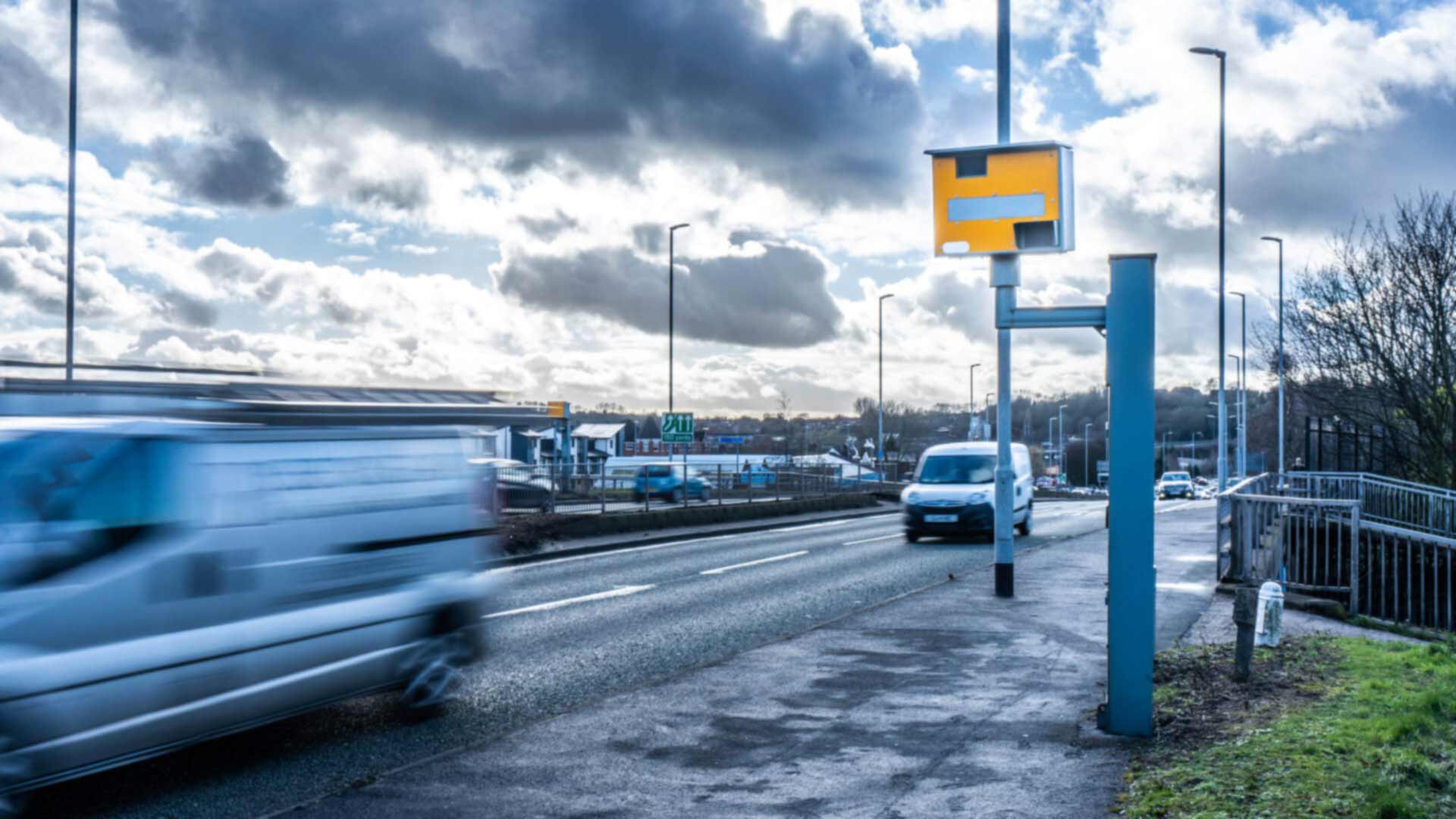Frequently Asked Questions
The majority of motoring offences, regardless of how they are dealt with, carry penalty points. These are imposed on a driving licence depending on the severity of a driving offence.
If you get 12 or more penalty points in any three year period, you are liable to a totting up driving ban. This will be issued by a Magistrates court and could last for a minimum of six months.
Read our complete list of totting up ban questions and answers below to better understand how the penalty points system works:
Totting Up Ban Insurance
If you were disqualified from driving under the totting up system, you will know how difficult it can be finding a fair insurance quote.
Fortunately, we can help. We have specific insurance schemes in place for totting up ban drivers. Discover more today.
12 months – If a previous disqualification of at least 56 days has occurred within the last three years, immediately before the date of this offence.
Two years – If you have had more than one previous disqualification of at least 56 days which have taken place within the last three years, immediately before the date of this offence.
If you have no previous disqualifications, the courts may exercise discretion. For example, some drivers may be banned for three months instead of six – depending on the nature of their offence and other factors considered in court.
If you do accept the offer, in theory it should be noted at the Process Office that you do not qualify and your payment and licence will be returned to you. If however they fail to notice that you don’t meet the criteria and your payment is accepted, your licence will be returned to you straight away with additional penalty points. This could take you to a total of 12 or more, which could result in a court referral. There will be no instant driving ban because only the courts can impose this.


